This week’s chosen theme: Recyclable Materials in Furniture Maintenance. Discover practical, planet-first ways to clean, protect, and repair furniture using materials that can return to the cycle. Read on, share your tricks in the comments, and subscribe for more eco-smart home care ideas.
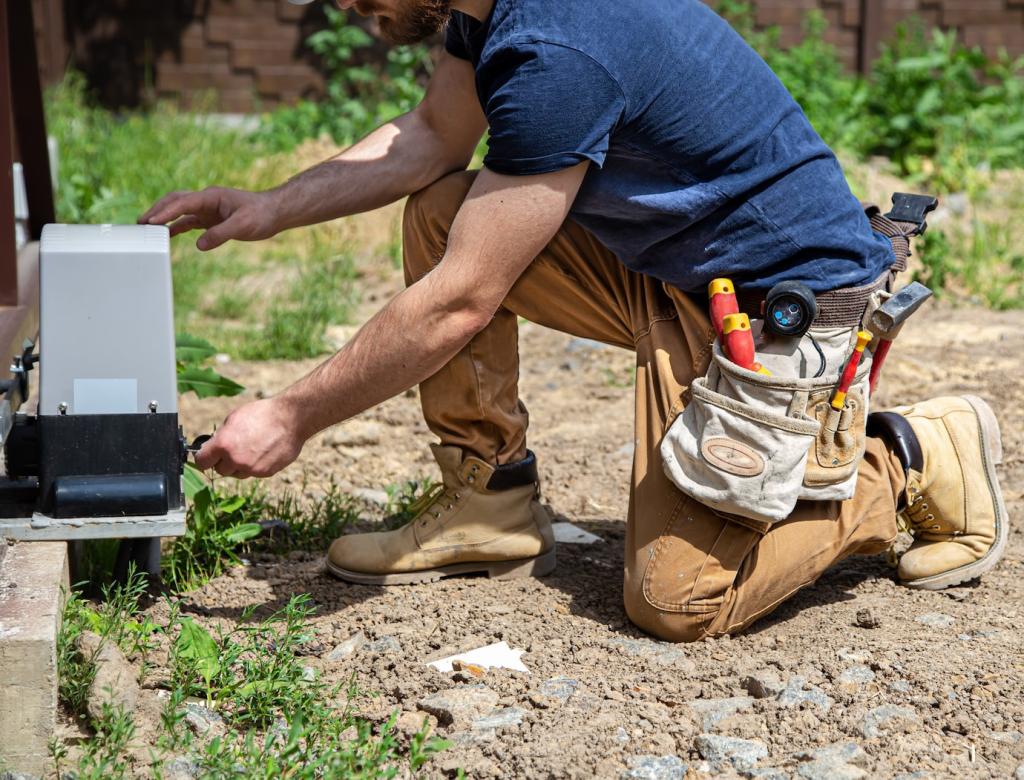
The Circular Mindset at Home
When you adopt a circular mindset for furniture maintenance, you choose materials that can be captured and reused. This reduces waste while protecting finishes, hardware, and fabrics. Tell us how you already integrate recyclable choices into weekly clean-ups.
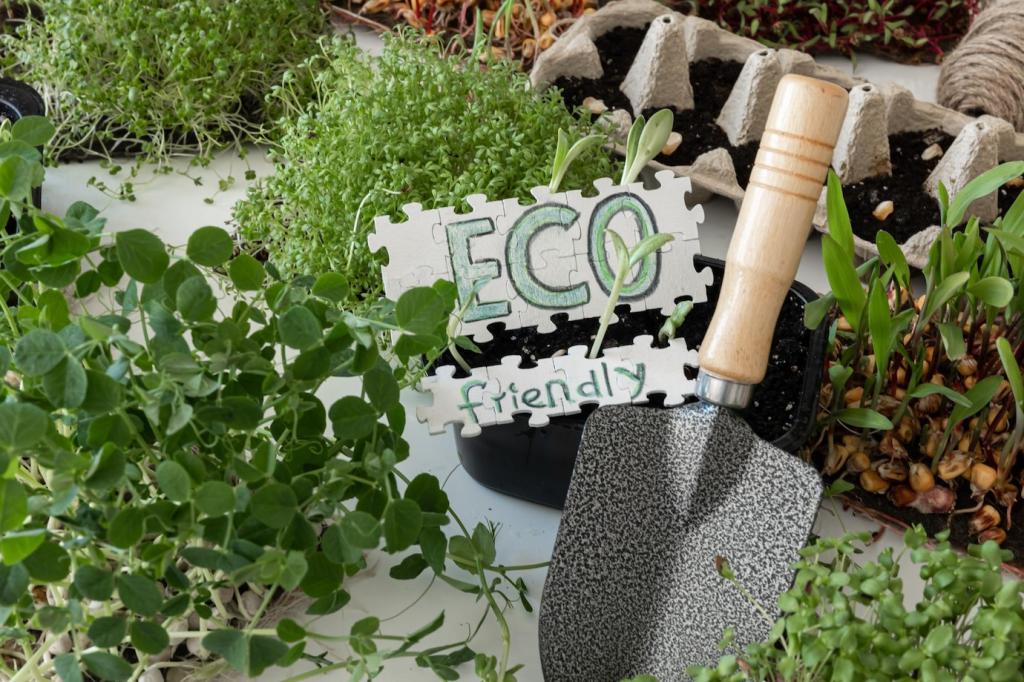
Choosing Better, Not Just Less
Recyclable materials—like glass spray bottles, metal fasteners, and paper-based packaging—let you maintain furniture without generating hard-to-process waste. Pick durable items, recycle correctly, and share your best swaps to inspire new readers.

Local Rules, Real Impact
Recycling systems vary by city. Glass jars and metal tins may be widely accepted, while contaminated textiles might not. Check local guidelines for accuracy and share what your community recycles to help fellow readers navigate responsibly.

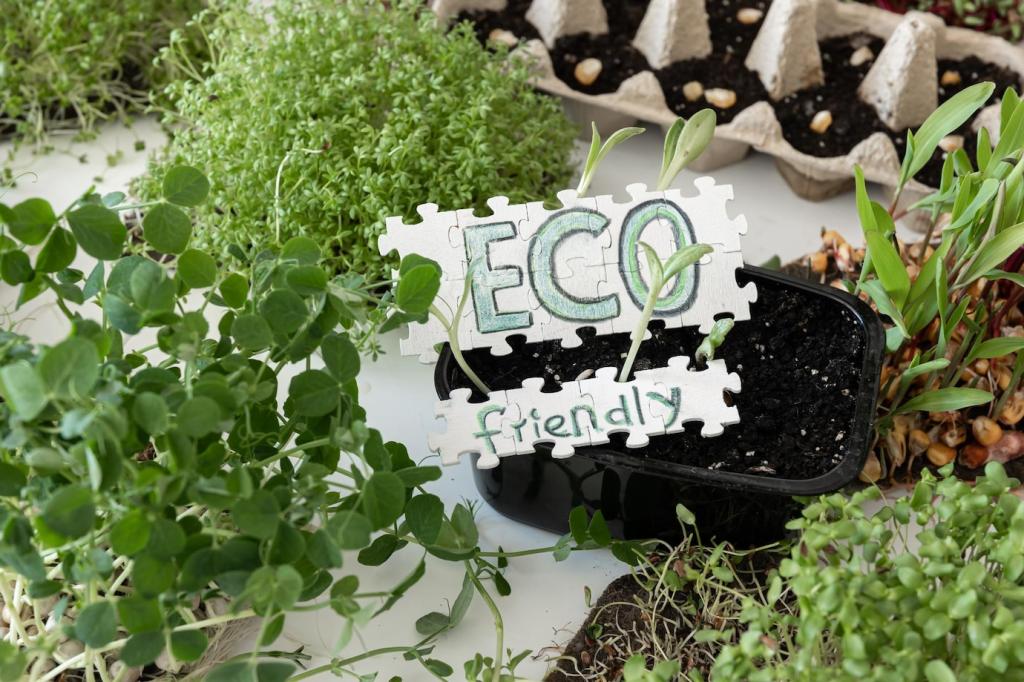
Cleaning Tools with Recyclable Components
Refillable glass bottles paired with aluminum or stainless-steel sprayers reduce plastic waste and look great on a shelf. Rinse, reuse, and recycle where accepted. Comment if your municipality recycles mixed-metal triggers, or if you’ve found a repair kit.
Cleaning Tools with Recyclable Components
Microfiber cloths made from recycled PET, and cotton rags from old shirts, deliver effective dusting without disposables. Wash gently to extend life. Do you color-code cloths for wood, fabric, and metal? Share your system to help others avoid cross-contamination.
Protective Pads and Glides Made from Recycled Content
Felt pads made from recycled PET bottles cushion table legs and prevent scratches on wood floors. Trim to size, replace only when worn, and keep the backing materials separate for correct disposal. Tell us which brands hold up longest in your home.


Protective Pads and Glides Made from Recycled Content
Cork, often recyclable or compostable under local rules, protects finishes from heat and moisture. Choose products packaged in paper with minimal adhesives. Share your story of saving a treasured tabletop using cork and a simple weekly maintenance ritual.
Repairs with Recyclable Hardware and Low-Waste Methods
01
Steel and Brass Fasteners for Lasting, Recyclable Fixes
Metal screws, brackets, and corner braces provide strong, reversible repairs and are widely recyclable if clean. Keep a labeled tin to store extras and offcuts for later recycling. Share a before-and-after of a chair stabilized with simple metal brackets.
02
Sawdust Fillers and Water-Based Binders
Mix fine sawdust from your own sanding with a water-based binder to patch tiny chips, reducing reliance on plastic-heavy fillers. While not typically recyclable, this method uses shop waste wisely. Comment with your preferred ratios and color-matching tricks.
03
Dowel Repairs That Disassemble Cleanly
Wooden dowels create strong joints that can be reversed cleanly during future maintenance, reducing composite waste. Use water-based glues sparingly and clamp carefully. Tell us how dowel repairs helped you keep an heirloom piece in rotation for decades.
Finishes and Polishes with Recyclable Packaging
Solid or soft waxes stored in steel tins are easy to portion, last long, and the empty tins are commonly recyclable if clean. Keep a small tin for travel touch-ups. Share your favorite scent-free option for households sensitive to fragrance.
Finishes and Polishes with Recyclable Packaging
Water-based polyurethane and varnishes come in metal cans that many programs accept once fully empty and dry. Avoid contaminating the can with brushes after curing. Subscribe for our upcoming guide on safe, small-batch decanting to minimize waste.

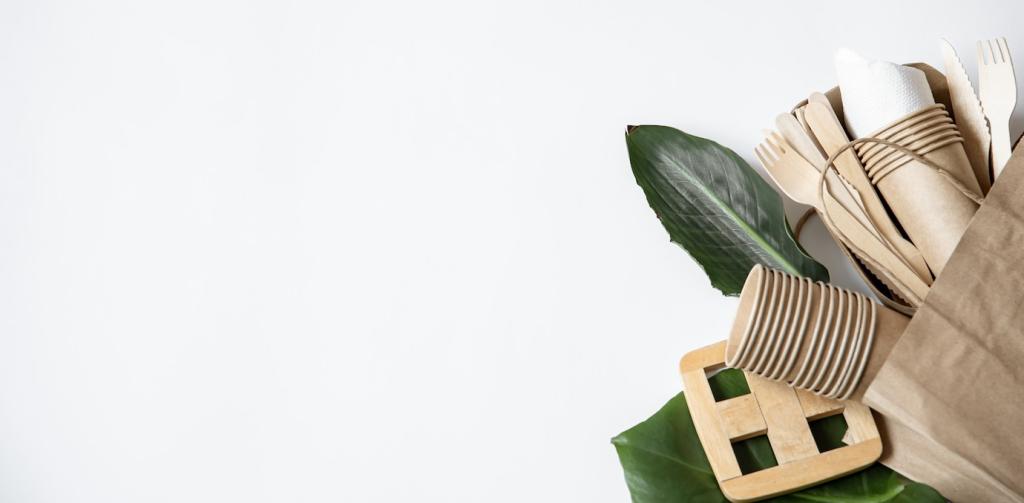

Cardboard Shields and Layered Paper Wraps
Use sturdy cardboard sheets to protect table tops, then wrap legs with kraft paper instead of plastic. Tape with paper tape for single-stream recycling. Share your best method for building corner guards that survive multiple moves without fraying.

Reused Boxes and Modular Inserts
Keep a flat-pack of previously used boxes, dividers, and honeycomb paper to brace shelves and glass doors. Mark sizes for faster packing later. Tell us how you manage a home ‘packing library’ so materials circulate among neighbors efficiently.

Straps, Not Stretch Film
Replace plastic stretch wrap with reusable ratchet straps and furniture blankets. When blankets retire, cut serviceable sections for drawer liners. Comment with your favorite strap widths for armoires, and tag us in a photo of your no-plastic move.
Sorting Waste and Preventing Contamination
Keep separate, labeled bins for glass, metals, paper, and landfill. Stage them near your workbench so offcuts land correctly. Share your printable labels or color system to help readers organize their maintenance corners with less confusion.
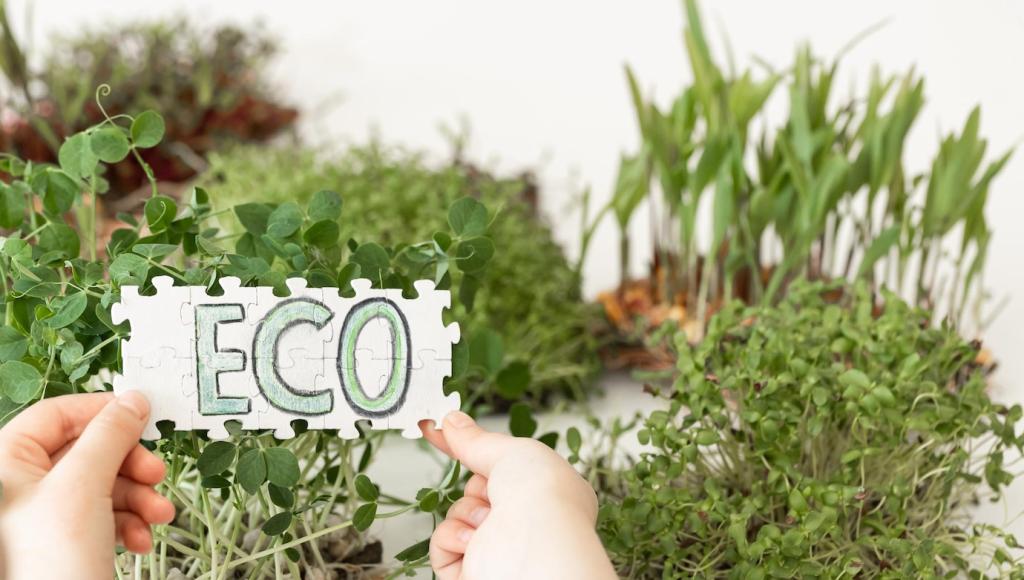
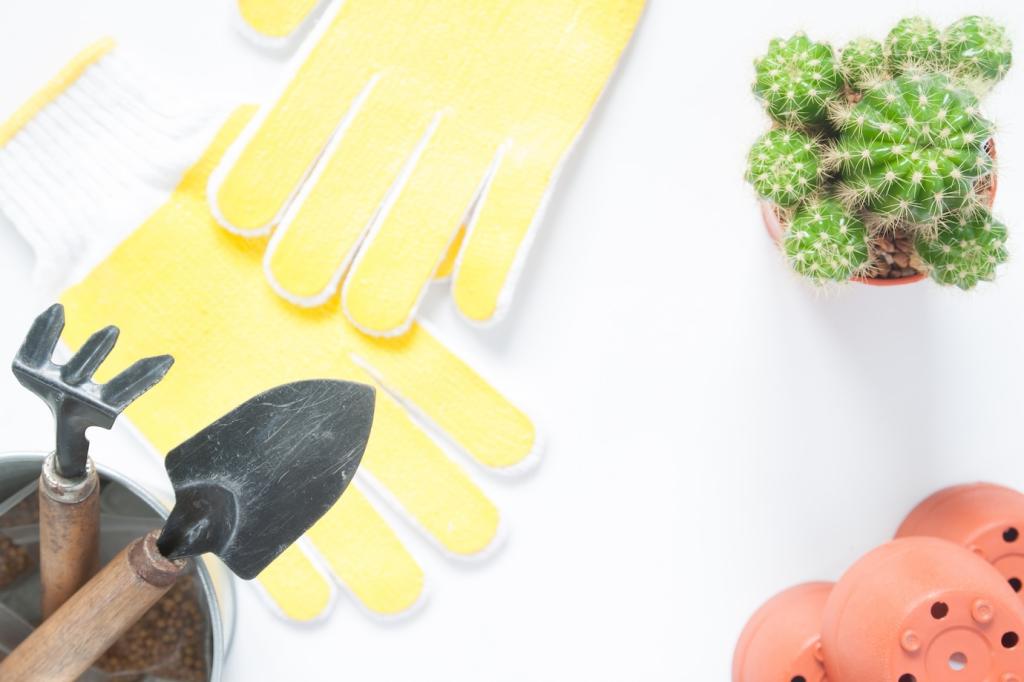
Sorting Waste and Preventing Contamination
Solvent-soaked rags, oily waste, and uncured finish belong in hazardous-waste programs, not curbside recycling. Store them safely in metal containers. Tell us how your city handles HHW drop-offs so others can avoid dangerous—and costly—contamination mistakes.
A Story, A Challenge, and Your Turn
I rescued a wobbly oak chair using steel brackets, rPET felt pads, and wax from a small metal tin. The transformation was solid, quiet, and low-waste. Share your own turning point project that convinced you recyclable materials truly belong in maintenance.
A Story, A Challenge, and Your Turn
For one week, replace one maintenance item each day with a recyclable counterpart—glass sprayer, metal tin polish, paper tape, rPET pads, cardboard shields, steel fasteners, and jars for fastener storage. Post your progress and tag a friend to join.
A Story, A Challenge, and Your Turn
Subscribe for deep dives into recyclable abrasives, refill stations, and local recycling spotlights. Comment with your city and questions, and we’ll feature a tailored checklist that matches your household’s furniture, flooring, and available recycling programs.
